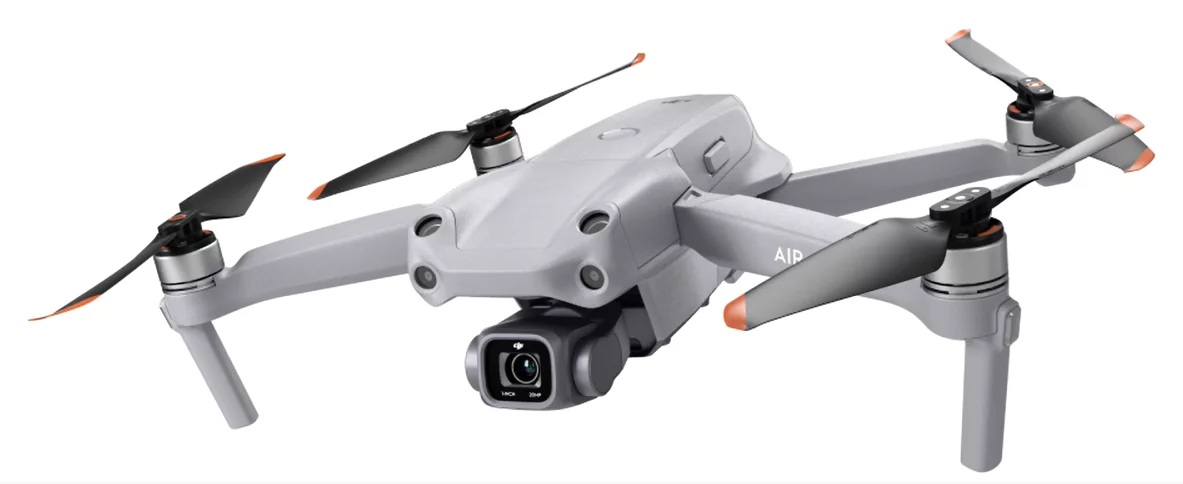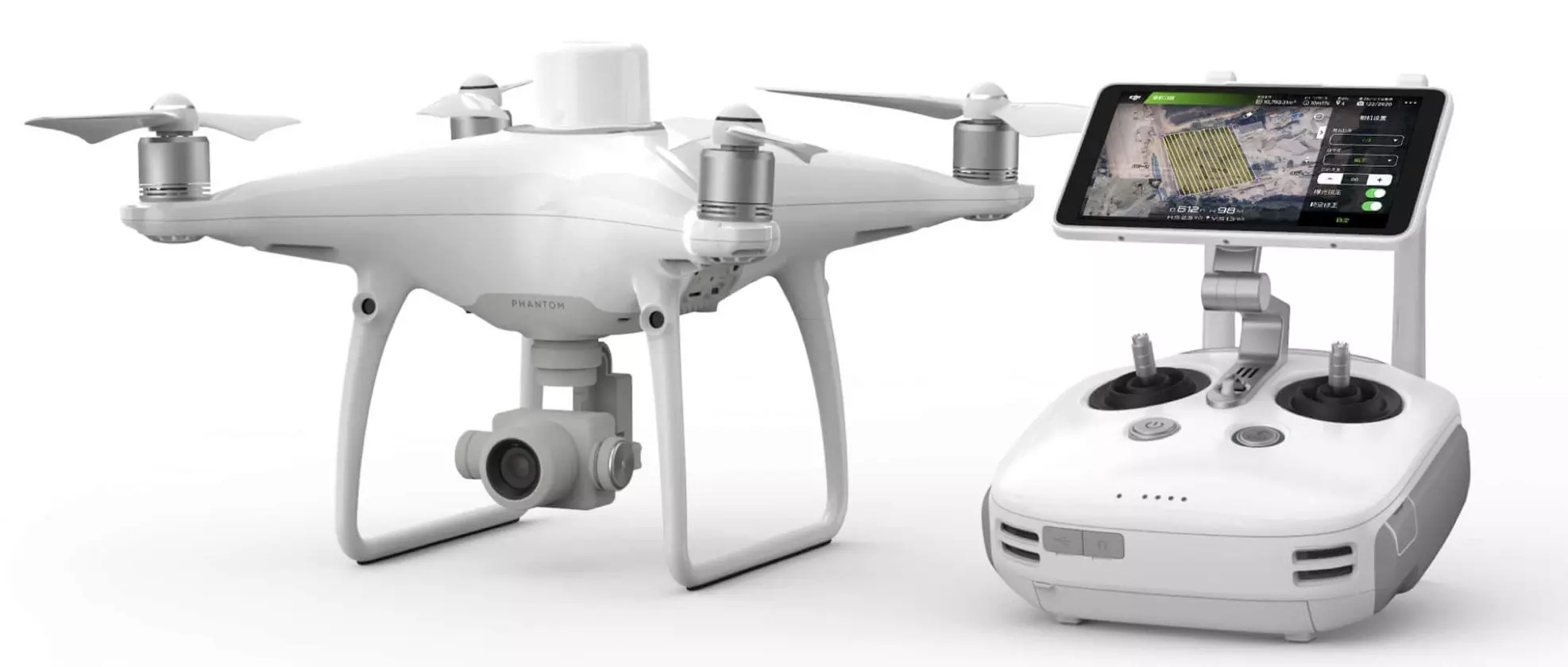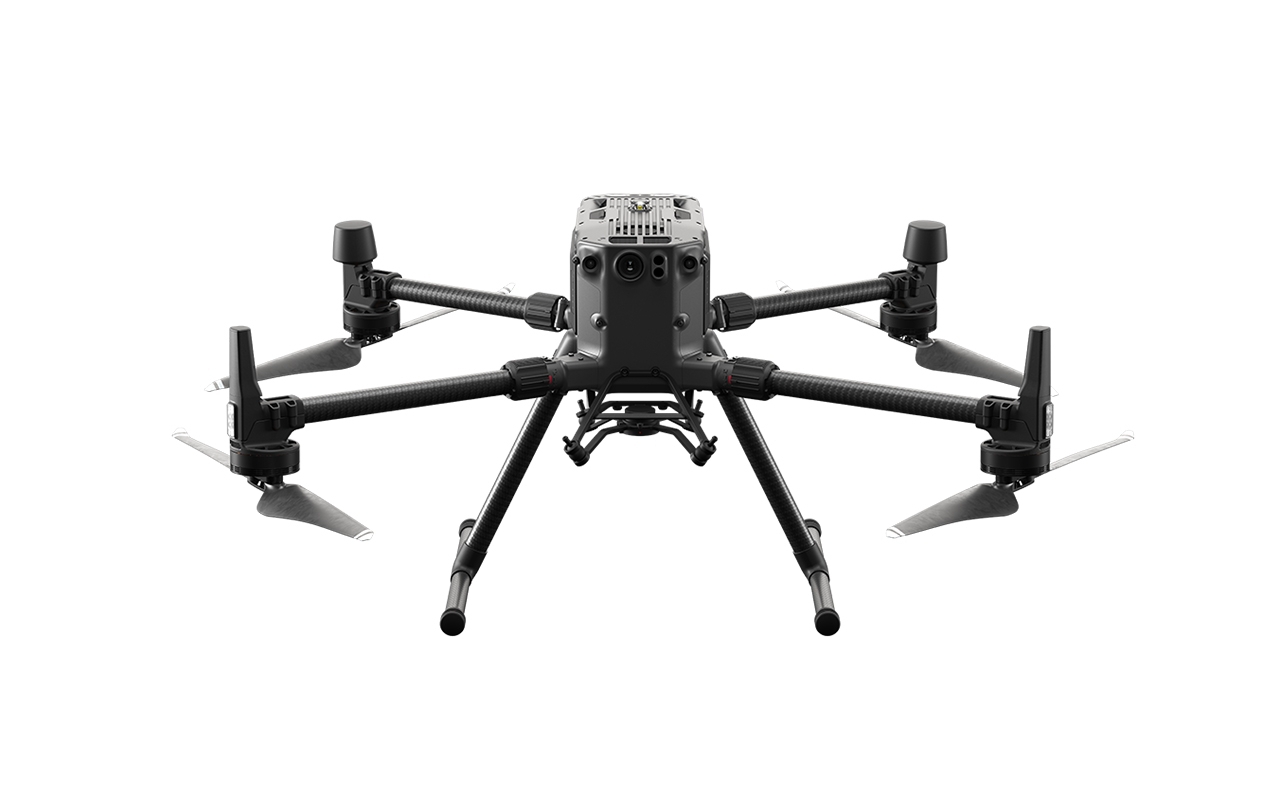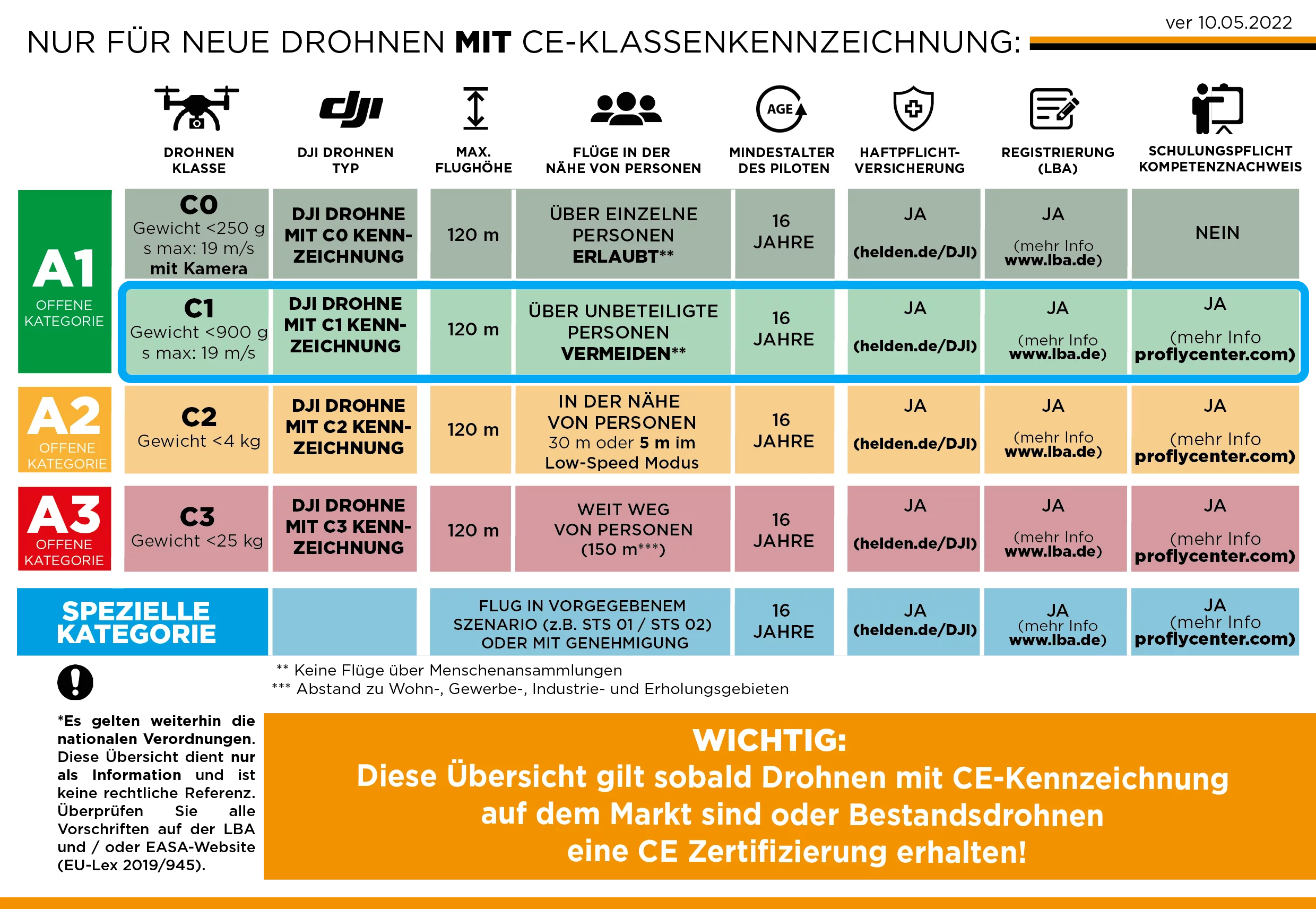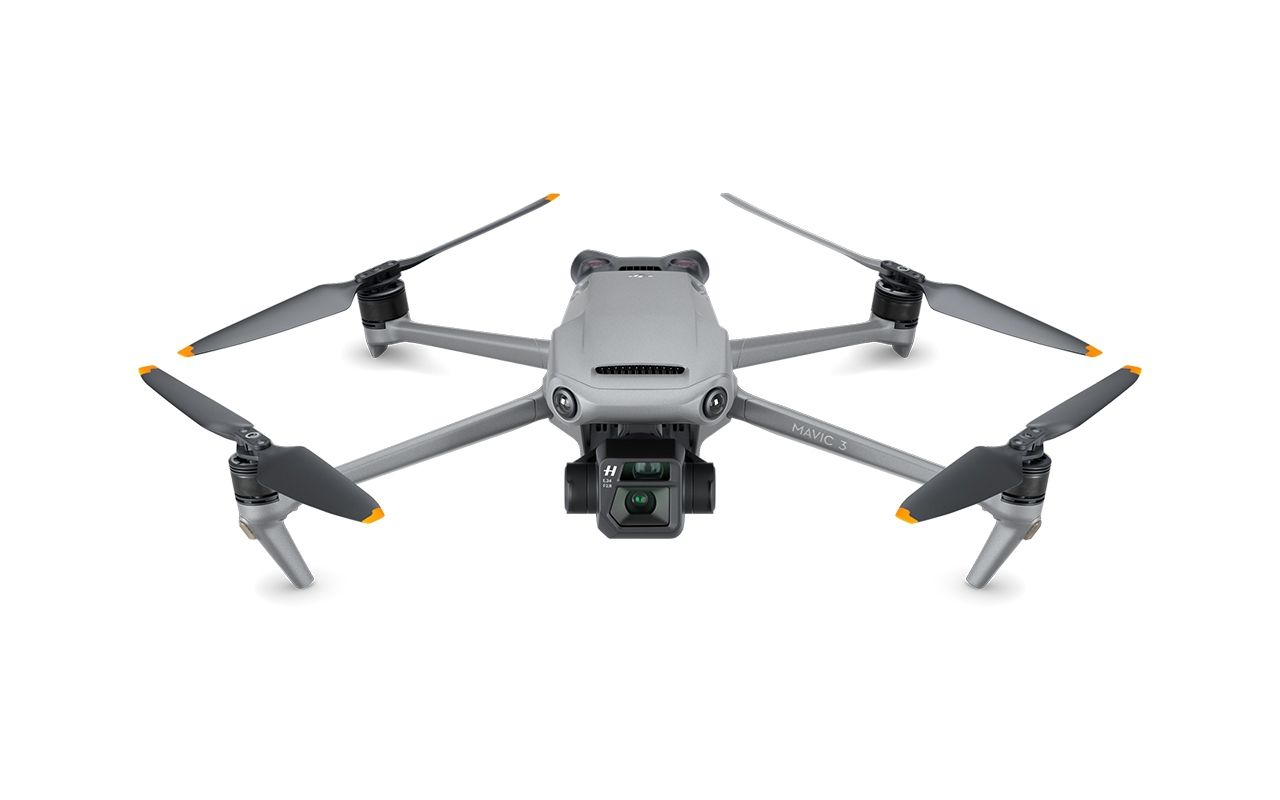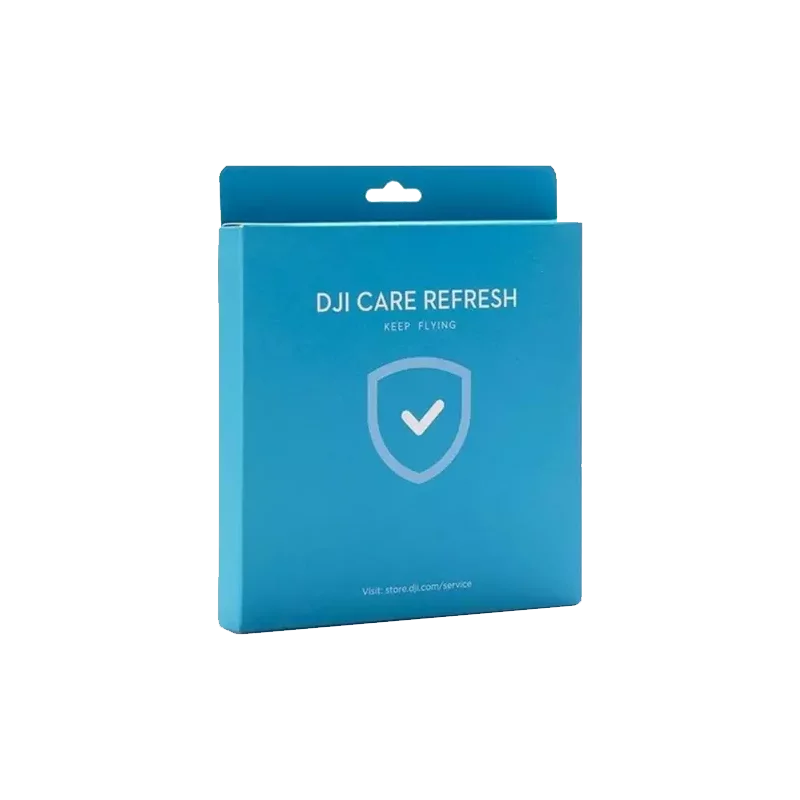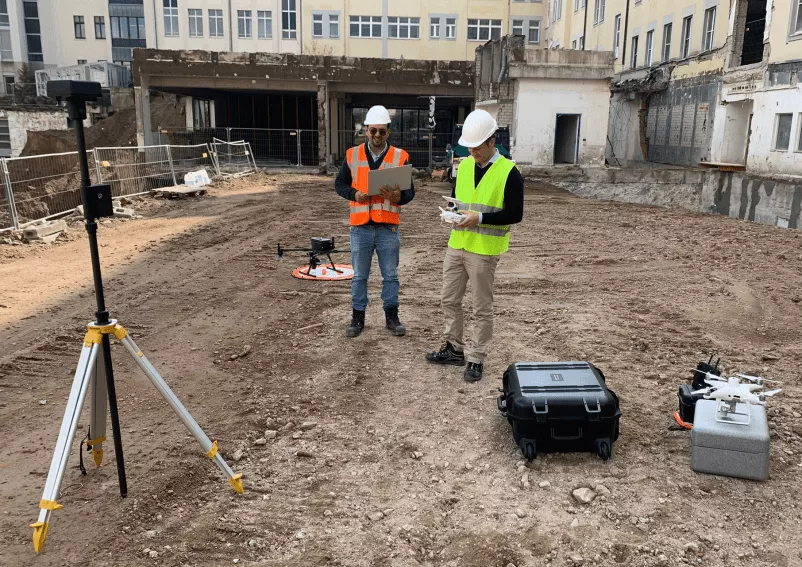Legal guidelines for drone operation
When you need to undertake a flight with a drone, it can be confusing to know which permissions and licences are required. With the recent release of the new drone flight regulations across Europe, this should streamline drone legislation by removing differing laws between European countries, however there is the potential for added confusion as pilots move on from the former regulations. This article aims to cut through the jargon and help pilots and prospective-pilots begin their drone-flights as soon as possible whilst adhering to regulations. It will begin with an overview of the licence requirements for different types of drones, followed by when and how to obtain a permit, and how to register as a drone operator, and finally, considerations concerning privacy during a flight.

The regulations surrounding drone flights may seem a bit strict, however, they are very important for reducing the risk of an incident resulting in damage, injury or loss of life. In the event of an accident, where someone is seriously injured or killed, as well as of course the suffering caused to the victim and their loved ones, and to the conscience of the pilot, the public opinion on drones would likely decline. This could result in stricter regulations, and increased difficulty in using drones for industrial applications. Therefore it is important to know, and abide by the current regulations.
1. Guideline to register as drone operator:
2. free of charge* A1/A3 drone pilot license of LBA:
The new regulations
Overview
The new regulations now in effect across all European Union (EU) countries since the start of 2021, regulated by the European Union Aviation Safety Agency (EASA) include two different drone licenses for pilots (A1/A3 and A2) as well as different categories for drone flights. These categories are based on risk (risk of injury or damage), the weight of the drone, how close you can fly to and over people, as well as some other manufacturer and pilot requirements, rather than the more simplistic weight categories of the old regulations.
There are three major categories of drone flight: Open, Specific and Certified. For almost all flights necessary for industrial applications, flying can be undertaken in the Open Category, which is the only category to not require a default permit (other permits may be required, see ‘Securing a Permit’). Flights in the Specific category occur when the drone system has a mass over 25 kg, or when flying beyond visual-line-of-sight (VLOS) is necessary, e.g. for a pipeline inspection. The Certified category is not yet established in the EU, however it will be used for very high risk flight, such as for flying over crowds, and transporting people or dangerous goods.
Within the Open Category there are three subcategories: A1, A2 and A3, which are differentiated based on risk. However, some rules apply to all categories. These include:
- a maximum flight altitude of 120m.
- never fly over crowds of people.
- Always keep VLOS.
The below section, explains the three subcategories of the Open category, letting you know which subcategory you will be flying in for any planned drone flights. A table for quick reference is shown below.
Die neuen Vorschriften, die seit Anfang 2021 in allen Ländern der Europäischen Union (EU) gelten und von der Europäischen Agentur für Flugsicherheit (EASA) geregelt werden, umfassen zwei verschiedene Drohnenlizenzen für Piloten (A1/A3 und A2) sowie verschiedene Kategorien für Drohnenflüge. Diese Kategorien basieren auf dem Risiko (Verletzungs- oder Schadensrisiko), dem Gewicht der Drohne, wie nah an und über Menschen geflogen werden darf, sowie auf einigen anderen Anforderungen des Herstellers und des Piloten, anstatt auf den einfacheren Gewichtskategorien der alten Vorschriften.
Zum 31.12.2020 treten Europäische Betriebsvorschriften für unbemannte Luftfahrtsysteme in Kraft. Das EU-Recht ist in Deutschland unmittelbar gültig und es gilt kein nationales Recht mehr. Nicht verdrängtes nationales Recht bleibt, solange es nicht per nationalem Gesetzgebungsverfahren geändert wird, gültig. So beispielsweise das Datenschutzgesetz.

EASA
Für Drohnennutzer gelten im Wesentlichen die Durchführungsverordnung DVO (EU) Nr. 2019/947 (Regelungen zum Betrieb von Drohnen) sowie die Delegierte Verordnung VO (EU) Nr. 2019/945 (herstellerbezogene technischen Anforderungen und neu definierte Risikoklassen). Diese wurden im Jahre 2019 verordnet.
Es gibt drei Hauptkategorien für den Drohnenflug: Offen, Spezifisch und Zertifiziert. Für fast alle Flüge, die für industrielle Anwendungen erforderlich sind, kann in der offenen Kategorie geflogen werden, der einzigen Kategorie, für die keine Standardgenehmigung erforderlich ist (andere Genehmigungen können erforderlich sein, siehe "Einholen einer Genehmigung"). Flüge in der spezifischen Kategorie finden statt, wenn das Drohnensystem eine Masse von mehr als 25 kg hat oder wenn Flüge außerhalb der Sichtweite (VLOS) erforderlich sind, z. B. für eine Pipeline-Inspektion. Die Kategorie "Zertifiziert" ist in der EU noch nicht eingeführt, sie wird jedoch für sehr risikoreiche Flüge verwendet, z. B. für das Überfliegen von Menschenmengen und die Beförderung von Personen oder gefährlichen Gütern.
Innerhalb der offenen Kategorie gibt es drei Unterkategorien: A1, A2 und A3, die je nach Risiko unterschieden werden. Einige Regeln gelten jedoch für alle Kategorien. Dazu gehören:
- eine maximale Flughöhe von 120 m.
- Fliegen Sie niemals über Menschenansammlungen.
- Halten Sie immer VLOS.
Im folgenden Abschnitt werden die drei Unterkategorien der Kategorie "Offen" erläutert, damit Sie wissen, in welcher Unterkategorie Sie bei geplanten Drohnenflügen fliegen werden. Eine Tabelle zum schnellen Nachschlagen finden Sie unten.
EASA - Offene Kategorie
Ausführliche Informationen zu der offenen Kategorie finden Sie auf der Seite des LBA: Link zu EASA open category

| Welche Klasse von Drohne darf ich fliegen? | ||||||
| Operation | Fernpilot | |||||
| C-Klasse | Maximales Abfluggewicht |
Unterkategorie | Operationelle Einschränkungen | Fernpilotenregistrierung | Qualifikationen von Fernpiloten | Fernpilotenmidestalter |
| Selbstbaumodell | leichter als 250 g 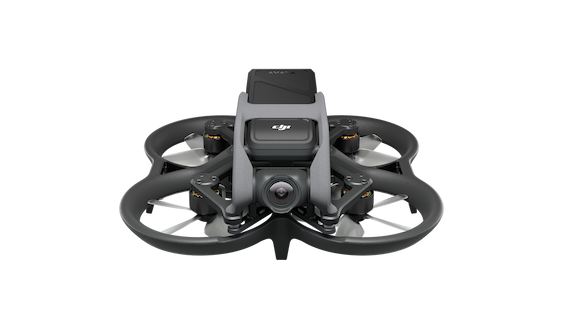 |
A1 Nicht über Menschenansammlungen (kann auch in Unterkategorie A3 fliegen) |
Es gelten operationelle Einschränkungen für die Nutzung der Drohne (Benutzen Sie den QR-Code für weitere Informationen) |
Ja Nein, wenn Spielzeug oder nicht ausgestattet mit Kamera oder Sensor  |
Nach Benutzerhandbuch |
Kein Mindestalter (mit Voraussetzungen) |
| Bestandsdrohnen leichter als 250 g | ||||||
| C0 | ||||||
| C1 | leichter als 900 g 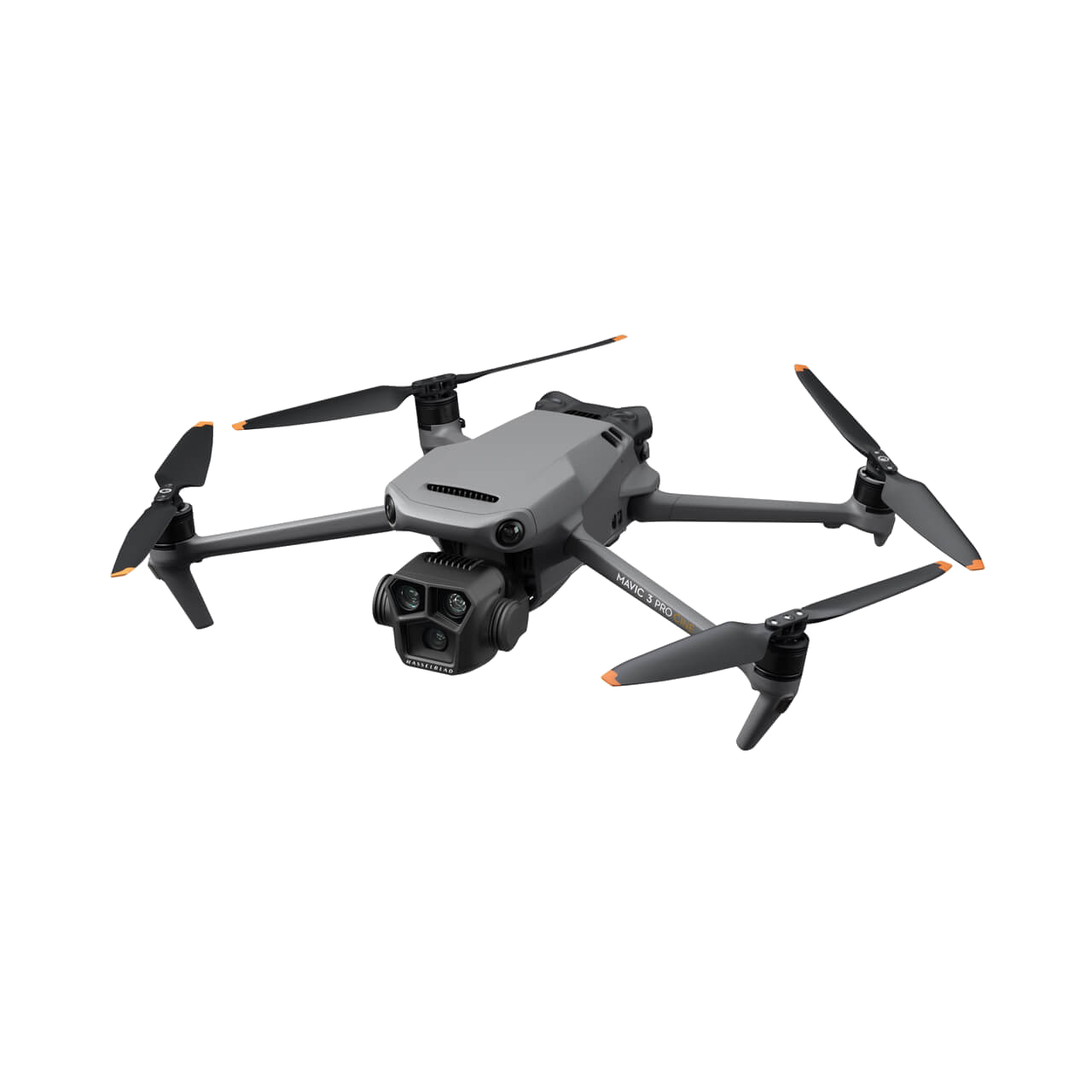 |
Ja | Benutzen Sie den QR-Code unten für die erforderlichen Qualifikationen |
16 | ||
| C2 | leichter als 4 kg .png) |
A2 Sie können in geringem Abstand zu Menschen fliegen (Sie können auch in Unterkategorie A3 fliegen) |
||||
| C3 | leichter als 25 kg 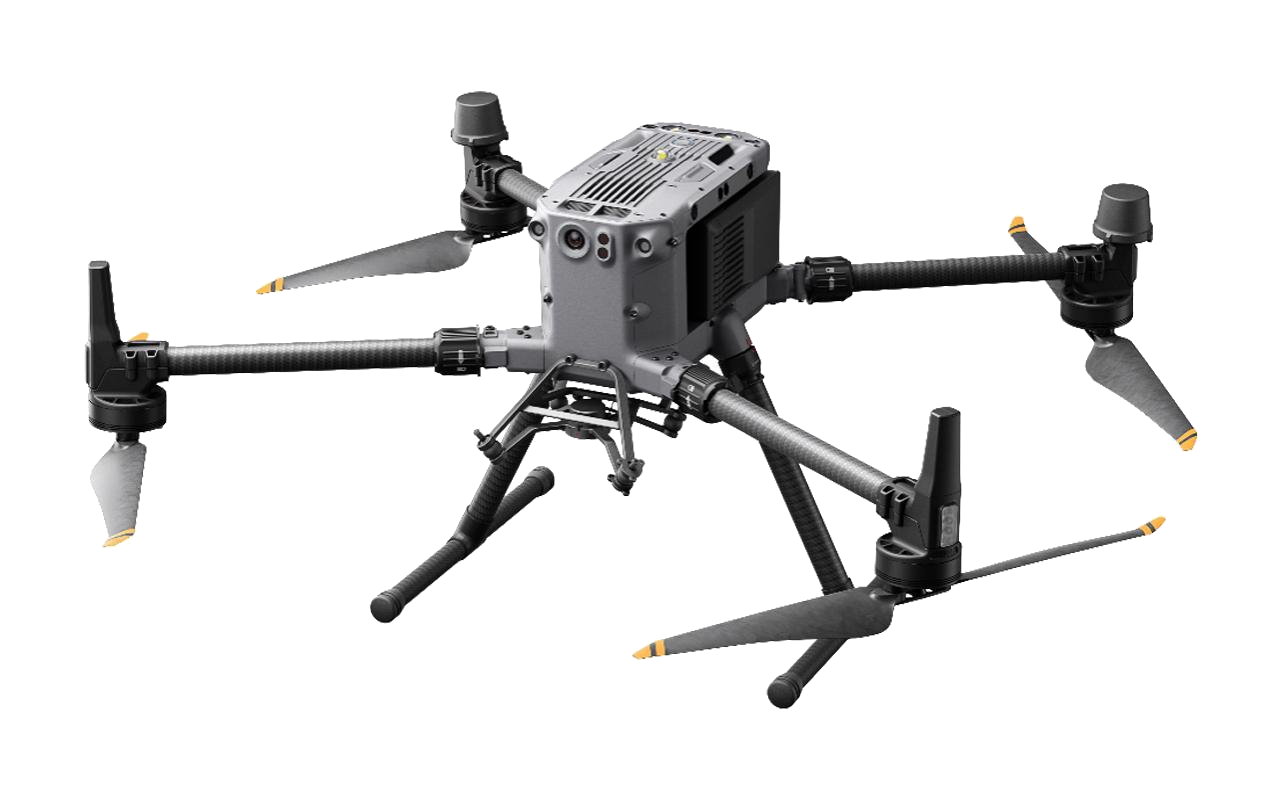 |
A3 Fliegen Sie in hohem Abstand zu Menschen |
||||
| C4 | ||||||
| Selbstbaumodell | ||||||
| Bestandsdrohnen (art 20) | ||||||
 |
||||||
Legacy drones are drones that are released to the market before the end of 2022, and do not have a C-class rating. This, of course, applies to all current drones on the market. Slightly different restrictions apply to these drones, until they are later given a C-class rating. For drones that are not given a C-class rating by the end of 2022, these can only be flown in the A3 subcategory, the most restrictive subcategory.
A1: Sub-250g
The A1 category is the lowest risk category, in which only drones under 900g are permissible. More leniant regulations apply for drones under 250g, due to their lower risk. For sub-250g drones, flights may be performed over uninvolved people, (people not directly involved in the flight), however this should be avoided when possible. In addition, a maximum flight speed of 19m/s is permitted. Furthermore, no operator registration is required unless there is a camera on board, and only when the drone is classed as a toy. There is no training or license required, and there is no minimum age for the Pilot.
A1: Sub-900g
In the same subcategory (A1), different rules apply to drones above 250g. All precautions must be taken to avoid flying over uninvolved persons. In the case that you do encounter an unexpected situation, you should fly away immediately. Also, other safety features are required, such as a: geo-awareness system, low battery warning function, and warning system when flying into certain airspaces. You will also need to take an online course and pass a multiple choice exam to achieve the A1/A3 drone license (it is combined with the A3 subcategory). Furthermore, the minimum age of a Pilot is 16 years of age, and the operator must be registered.
However for legacy drones, flying in the A1 subcategory is only permissible with drones under 500g. This will be the case until the end of 2022, when they will be flyable only under the A3 subcategory unless they are given a C-class rating before then.
A2: Sub-4 kg
Despite heavier drones being permissible in the A3 subcategory, the A2 subcategory is actually for the highest risk drone flights. This is because they can be flown closer to people and infrastructure than within the A3, plus the drones are heavier than in the A1. Therefore, a separate exam and licence must be taken and obtained in addition to the A1/A3 license. In order to fly in this subcategory, an online course can be taken, and a multiple choice online exam (proof of competence) must be taken, as with the A1/A3 licence.
The A2 still does not allow for flight over uninvolved people, however, horizontal distance is allowed to a distance of 30 m (50 m for legacy drones). This can be reduced to 5 metres if the slow speed function of the drone is activated. It is important to remember the 1:1 rule. This states that the horizontal distance between the drone and an uninvolved person should not exceed the altitude of the drone. This prevents the risk of collision if the drone were to fail and travel horizontally whilst falling due to momentum. A diagram of the permissible areas to fly in the A2 subcategory in relation to an uninvolved person is shown below.
A3: Sub-25kg
This category is for significantly heavier units and due to the weight allowance, comes with a lot more restrictions. Specifically, any UAV operating within the A3 category must fly far away from people, abiding by the 1:1 rule, or at a minimum distance of twice the total flight speed; whichever is largest. Alo the drone must be flown at least 150 metres away from residential, commercial and industrial areas. Drone operator registration and the A1/A3 competency test is required to operate in this category.

Flight classes of popular drones
A1 subcategory:
A2 subcategory:
A3 subcategory:
- DJI Matrice 300 RTK
- DJI Matrice 600 Pro
Mavic 3 und Mavic 3 Cine ab 09.12.2022 C1-zertifiziert
Deutsches Recht - LuftVO §21
Für Deutschland rechtlich und somit auf strafrechtlich relevant ist die Luftverkehrsordnung, in welcher die Verwendung und der Betrieb von unbemannten Luftfahrzeugen (also Drohnen) unter §21 a) bis k) geregelt ist (Stand 27.01.2021):
Die nicht durch EU-Recht ersetzten Regelungen bleiben zunächst gültig, sollen aber zukünftig in geografische UAS-Gebiete (Geozonen) gemäß Artikel 15 der DVO (EU) 2019/947 umgewandelt werden.
Es ist weiterhin eine Erlaubnis oder Ausnahme erforderlich für den Betrieb
a) auf und in einer Entfernung von weniger als 1,5 km zur Begrenzung von Flugplätzen (§ 21a Abs. 1 Nr. 4 LuftVO),
b) über und in einem seitlichen Abstand von weniger als 100 m von der Begrenzung von Industrieanlagen, Justizvollzugsanstalten, Einrichtungen des Maßregelvollzugs, militärischen Anlagen und Organisationen, Anlagen der Energieerzeugung und -verteilung sowie über Einrichtungen, in denen erlaubnisbedürftige Tätigkeiten der Schutzstufe 4 nach der Biostoffverordnung ausgeübt werden, soweit nicht der Betreiber der Anlage dem Betrieb ausdrücklich zugestimmt hat (§ 21b Abs. 1 Satz 1 Nr. 3 LuftVO),
c) über und in einem seitlichen Abstand von 100 Metern von Grundstücken, auf denen die Verfassungsorgane des Bundes oder der Länder oder oberste und obere Bundes- oder Landesbehörden oder diplomatische und konsularische Vertretungen sowie internationale Organisationen im Sinne des Völkerrechts ihren Sitz haben sowie von Liegenschaften von Polizei und anderen Sicherheitsbehörden, soweit nicht die Stelle dem Betrieb ausdrücklich zugestimmt hat (§ 21b Abs. 1 Satz 1 Nr. 4 LuftVO),
d) über und in einem seitlichen Abstand von 100 Metern von Bundesfernstraßen, Bundeswasserstraßen und Bahnanlagen, soweit nicht die zuständige Stelle dem Betrieb ausdrücklich zugestimmt hat (§ 21b Abs. 1 Satz 1 Nr. 5 LuftVO),
e) über Naturschutzgebieten im Sinne des § 23 Abs. 1 des Bundesnaturschutzgesetzes, Nationalparks im Sinne des § 24 des Bundesnaturschutzgesetzes und über Gebieten im Sinne des § 7 Abs. 1 Nr. 6 und 7 des Bundesnaturschutzgesetzes, soweit der Betrieb von unbemannten Fluggeräten in diesen Gebieten nach landesrechtlichen Vorschriften nicht abweichend geregelt ist (§ 21b Abs. 1 Satz 1 Nr. 6 LuftVO),
f) über Wohngrundstücken, wenn die Startmasse des Geräts mehr als 0,25 kg beträgt oder das Gerät oder seine Ausrüstung in der Lage sind, optische, akustische oder Funksignale zu empfangen, zu übertragen oder aufzuzeichnen, es sei denn, der durch den Betrieb über dem jeweiligen Wohngrundstück in seinen Rechten be-troffene Eigentümer oder sonstige Nutzungsberechtigte hat dem Überflug ausdrücklich zugestimmt (§ 21b Abs. 1 Satz 1 Nr. 7 LuftVO),
g) in Kontrollzonen, es sei denn, die Flughöhe übersteigt nicht 50 m über Grund (§ 21b Abs. 1 Satz 1 Nr. 9 LuftVO),
h) über und in einem seitlichen Abstand von 100 Metern von der Begrenzung von Krankenhäusern (§ 21b Abs. 1 Satz 1 Nr. 11 LuftVO).
Operator Registration
A company that uses its employees as remote pilots acts as the operator. When it is a one-person operation, the person is both the operator and the remote pilot. European law requires drone operators to register when they operate drones with an MTOM greater than or equal to 250 g. This must be done in the country of residence of the company, which can be done online. Once complete, the operator will receive an electronic identification number (eID). This number should be placed on all drones being operated, for example as a sticker.
Also, the operator must be entered into the software of the drone manufacturer, if possible, which would be used for remote identification. In the case that a drone is borrowed from someone, the operator must attach their ID number onto the borrowed drone, and store it in the software.
Securing a Permit
Needs writing. Different if you have general permission or not (Felix)
Privacy
Needs improving. Another factor to bear in mind when operating a drone, is the privacy of uninvolved persons. Regulations exist that outlaw flying above residential areas with a sensor that can record personal information, unless permission is granted. Personal information includes, for example, the recognition of a person’s identity, or a car registration number.
Other considerations
Needs finishing. Of course there are many other aspects of drone flight operation that must be considered, especially regarding safety, although that goes beyond the scope of this article. For more information on drone safety, see ####. However, one must also be aware that drone insurance is compulsory in the EU. There are also certain areas in which drone flights are forbidden such as close to airports, military bases and prisons.
Geo-zone.
Obvious things: hazards
Insurance
Conclusion
The use of drones in project workflows has the potential to significantly reduce time and economic costs, however, it is critical to ensure that flights are undertaken according to regulations, to ensure safe operation and allow drones to spread across the industrial sector. The new EASA regulations align EU country's rules, allowing for more efficient operation between countries, and categorise drone flights based on risk. Once you know which category your drone flight will be classed in, you can ensure the pilot has the relevant license and the drone is insured, secure the necessary permits, and fly! Other considerations must always be taken into account, such as general safety procedures and privacy of uninvolved persons.
We hope to cover drone operation safety rules and tips in a future article, so stay tuned, or subscribe to our newsletter, which can be done through the following link.
If you have any questions, please do not hesitate to contact us at info@epotronic.com.



